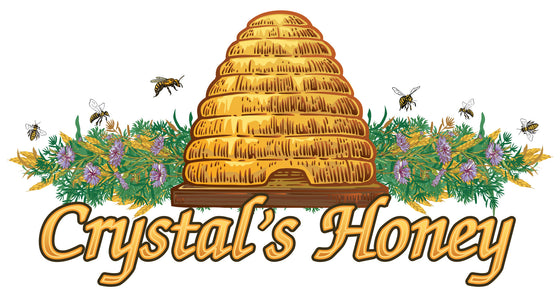Believe it or not, there are over 20,000 different types of bees inhabiting every continent, besides Antarctica. Interestingly, bees are highly uninterested in humans—a bee won’t sting you unless it feels that you pose a threat to it or its hive. Identifying the different bee species can be challenging, but differentiating a honeybee from other types of bees is easier than you think when you know what to look for.
Size and Color
Honeybees and bumblebees are the most common bee species, but you can usually distinguish them by their size. For example, bumblebees are generally much larger and rounder than honeybees. The queen honeybee is the largest of the honeybees, and drone honeybees—which are male—are slightly larger than female workers. Female honeybees are about 10 to 15 mm in length, while males are closer to 20 mm.
Although you may think that all bees are black and yellow, many honeybees come in various shades of black, brown, and yellow. In addition, some may have stripes on their abdomen, while others may not.
Six Legs and Four Wings
Honeybees have six legs and four wings. This may not seem like an important fact, but there are other insects known as hoverflies that you may mistake for honeybees due to their similar fuzziness and coloring. However, hoverflies have only two wings.
They May Be Fuzzy
You might think that any fuzzy bee is a bumblebee, but honeybees can also be fuzzy. Short hairs usually cover their bodies, but honeybees aren’t as noticeably fuzzy as bumblebees. Interestingly, these extra hairs on honeybees assist in pollination, moving the pollen from flower to flower as the bee moves along, foraging for nectar.
Foraging Near Flowers and Carrying Pollen
If you see an insect buzzing near nectar-rich plants and flowers for extended periods, it’s probably safe to say it’s a honeybee. Furthermore, honeybees don’t mind if you observe them as long as they don’t feel threatened. Honeybees have pollen baskets on their back feet; therefore, if you see an insect with yellow buildup on its feet, you’ve found a honeybee.
If you love bulk raw honey, you should know how to identify the insects that make it. Whether you’re a beekeeper or a bee enthusiast, knowing how to differentiate honeybees from other types of bees is essential for protecting their population.
